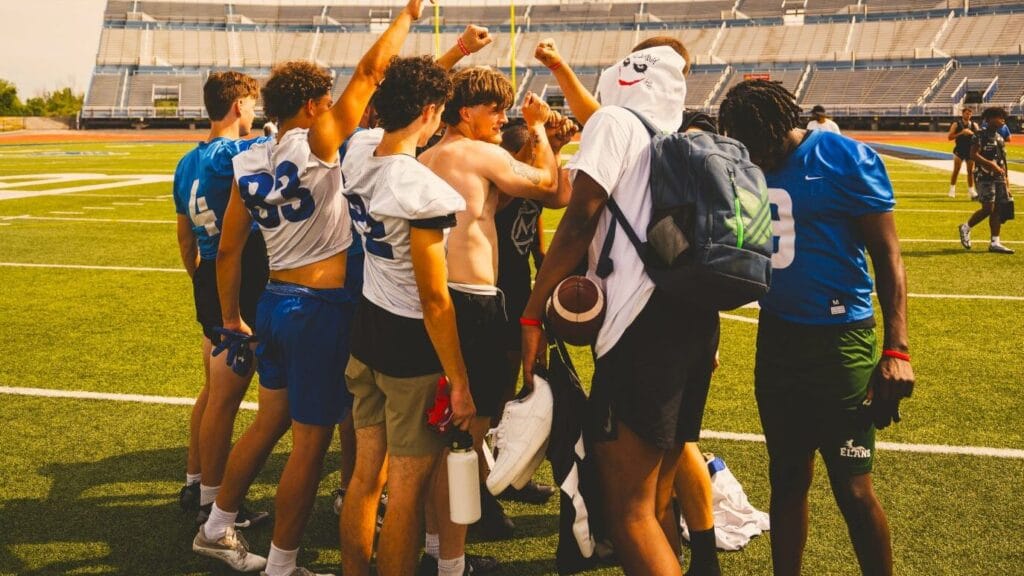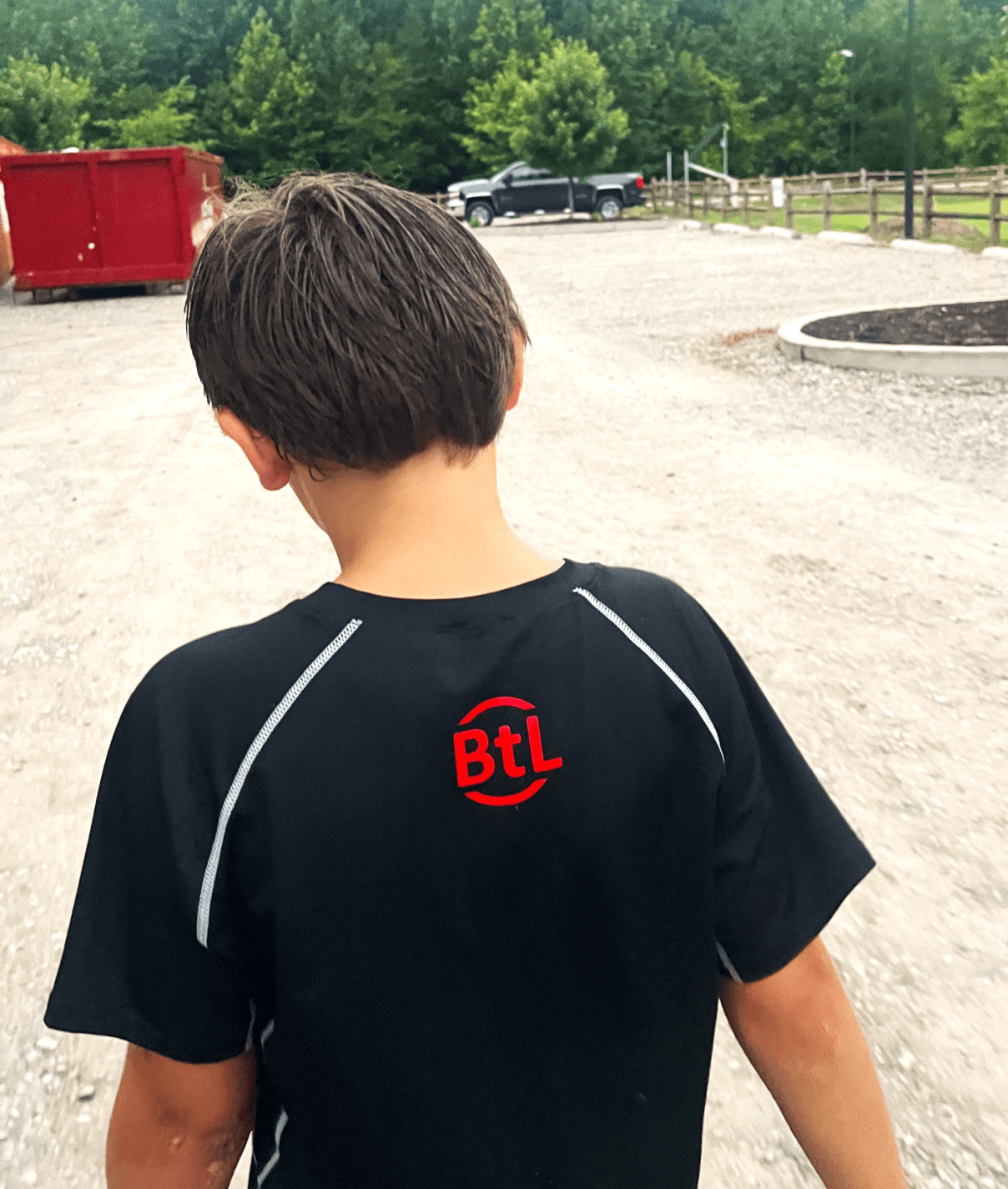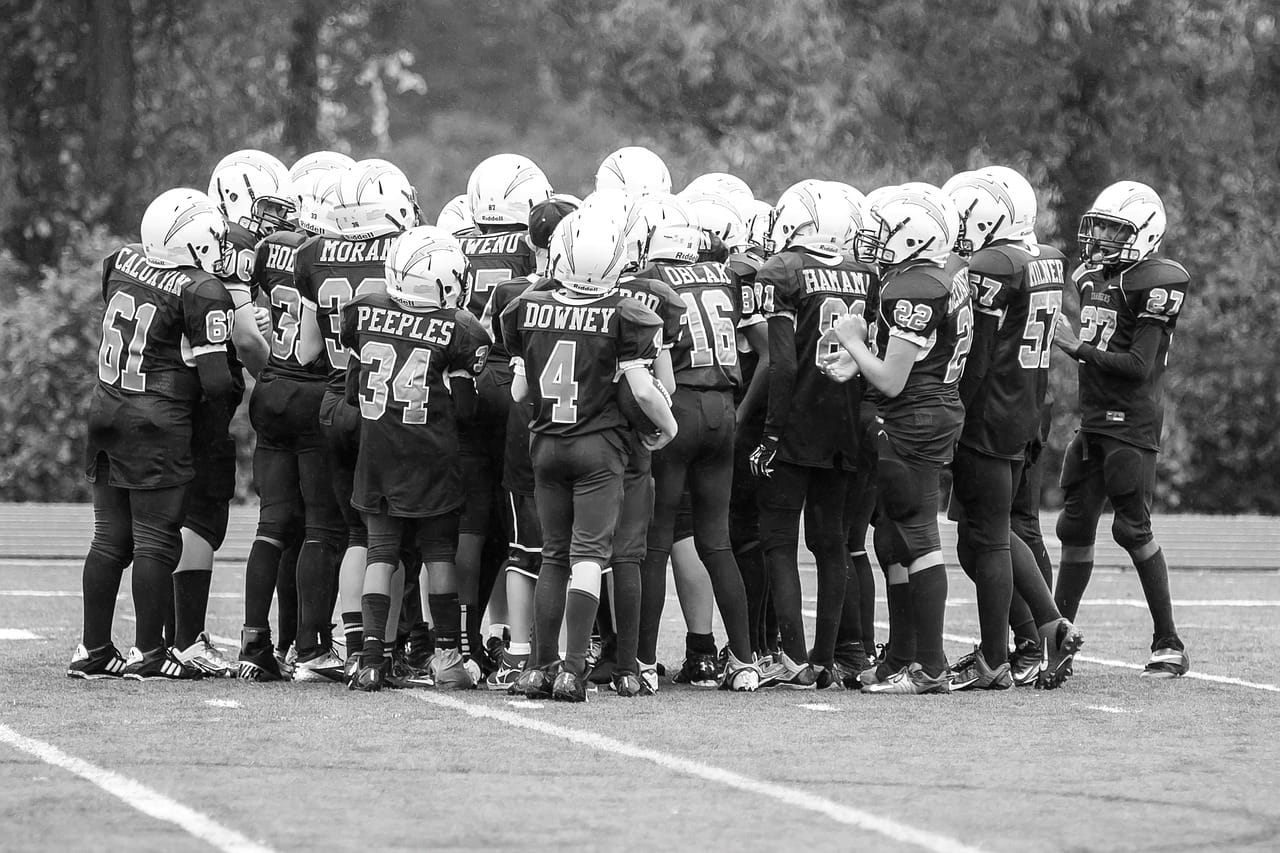Youth sports have the power to shape lives—when the opportunity to participate is meaningful. But stacking teams in youth sports can limit that power, especially for developing players who miss out on the chance to grow and enjoy the game. The true value of youth sports isn’t in winning—it’s in competing.

Stacking Teams Limits Competitive Growth
When coaches or program coordinators stack teams, it often restricts the ability of many kids to compete at a level that fosters development. A common example: A youth softball team is split into two, but all the top pitchers and strongest players are placed on one team, while the rest form a second team—essentially creating an “A team” and a “B team.”
For the B team, competing becomes incredibly difficult—especially without strong pitching, which is central to success in softball. Without the ability to throw strikes or generate runs, that team struggles—not just to win, but to stay engaged.
Stacking Teams in Youth Sports Is About Short-Term Wins
Stacking teams at young ages is focused on immediate results—not long-term development. Yes, it might lead to more wins for the A team today, but what about the future of the program? Coaches often justify stacking teams by saying they want a “specific group to get used to playing together.” But in doing so, they often overlook the late bloomers—kids who may take longer to develop but can become standout athletes if given the chance.
Championships and tournament trophies at age 9 or 10 are not what youth sports should be about. The focus should be on developing well-rounded, confident athletes. Wins might feel great now—but at what cost? Few people remember the league champs from elementary school. What stays with players is how they were developed and treated during those years.
Player Development Should Be the Priority in Youth Sports
Youth sports teach so much more than just how to win. Discipline, self-confidence, teamwork, and resilience are all forged through these experiences. Coaches and program directors need to understand that not all kids grow at the same pace.
I’ve seen it firsthand: the 6th man in middle school becomes the starting point guard by high school. A freshman who barely saw the football field goes on to earn All-Conference honors as a senior. That doesn’t happen without a commitment to player development.
Stacking teams works against this. When kids are placed on teams where they can’t succeed—or even compete—it’s easy for them to lose interest. And when they stop playing, they miss out on all the life lessons sports can teach.
We Know Better—Now We Need to Do Better
Most of us in youth sports understand that stacking teams isn’t ideal. Still, it’s often rationalized as being “best for the players.” But the question is: Which players? Because it’s certainly not what’s best for all of them or, perhaps, any of them. Even the best players benefit from competing within different groups. It allows them to take on different roles within a team, allowing them to grow as players and people.
While I’ve been fortunate to work with programs that prioritize development, I continue to hear stories of stacked teams and the negative ripple effects they cause. We can’t stay silent. Coaches and parents have a responsibility to speak up. We need to challenge this practice and put the long-term growth of athletes first.
What Can You Do If It Happens to Your Child or Team?
If you find yourself in this situation, start with a respectful, constructive conversation. Keep emotion out of it and approach your program director (if there is one) or coach with a calm explanation of the impact stacking has had on your child or team.
Stay positive. Don’t vent your frustration in front of players or badmouth other teams. Keep coaching. Keep encouraging. And most importantly, don’t give up on your kids—because they’ll know if you do.
Instead, find small wins and celebrate them. Whether it’s a well-played quarter in basketball or a successful drive in football, those moments matter. Keep it fun, and keep it focused on growth.
Player Development Fuels Long-Term Success
At Ball to Life, we believe player development is fundamental to a successful experience in sports—and in life. Not every young athlete will play in college or the pros, but every kid deserves the opportunity to benefit from the power of sports.
Let’s not take that away from them. Former athletes often credit their future success to what they learned on the field or court. Research backs it up—sports build confidence, character, and long-term life skills.
I’m writing this because I want all kids to experience that. Let’s make sure youth sports stay true to their purpose—developing strong, confident, resilient young people. That’s a win worth chasing.
BtL
✅ Get powerful tips, training content, and mindset fuel—straight to your inbox. Subscribe Here
📱Follow us for daily inspiration, behind-the-scenes content, and athlete spotlights: Facebook, Twitter, Instagram, TikTok
💡 Want to know what drives us? Discover the Ball to Life mission

